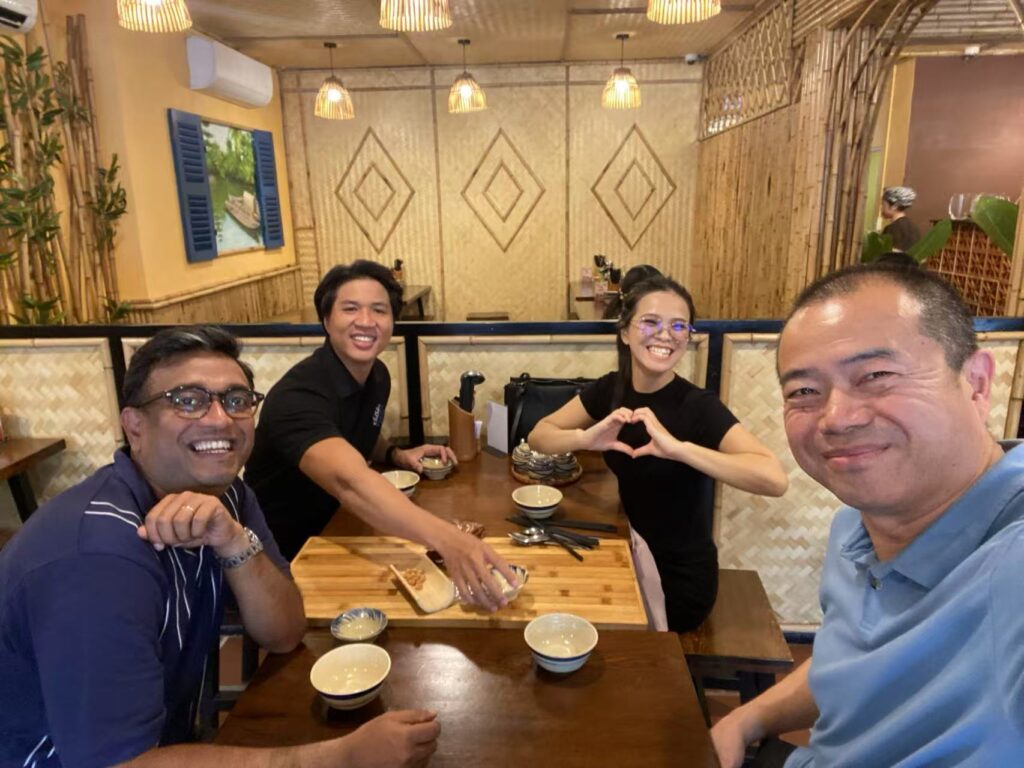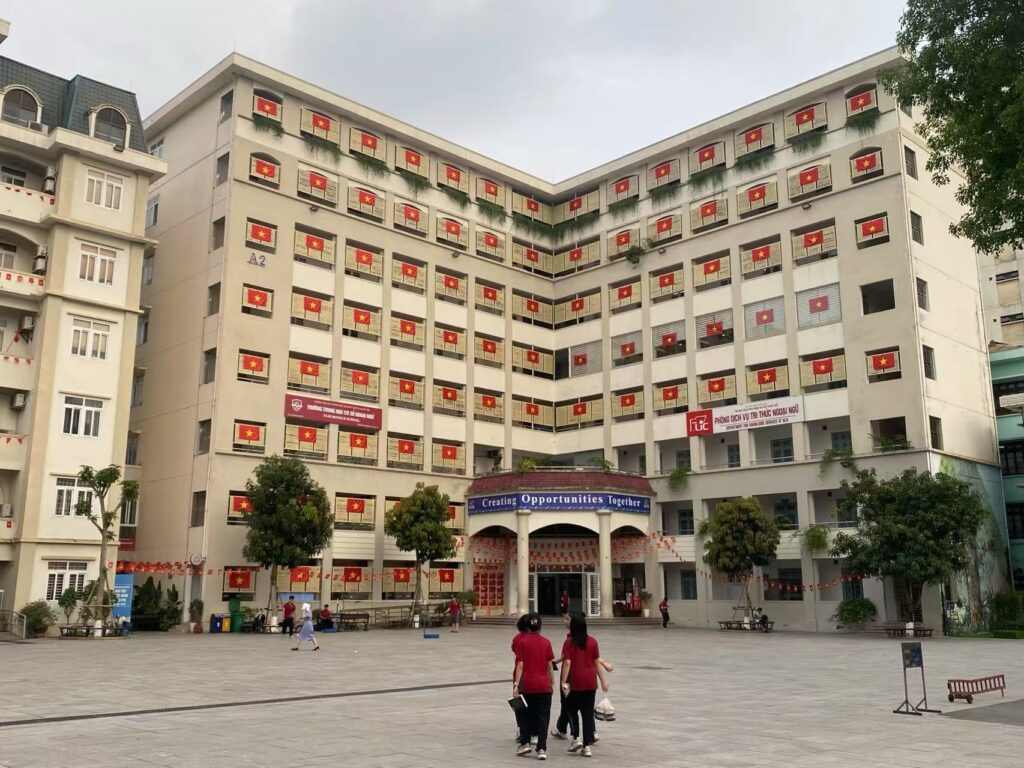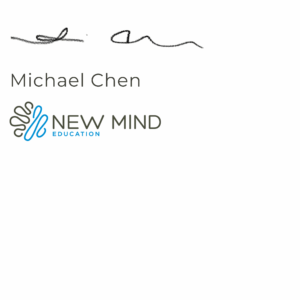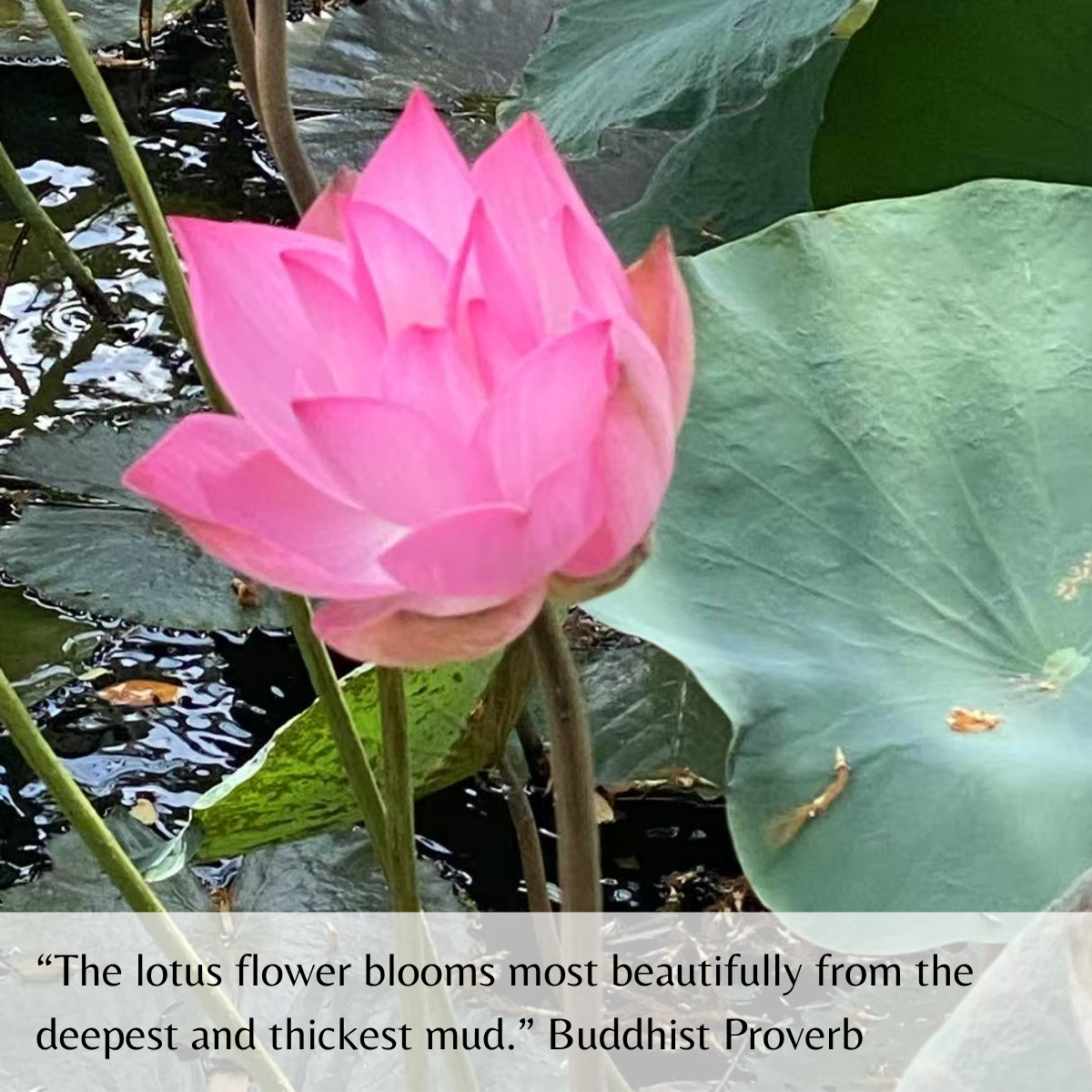During my recent trip to Vietnam, I had the chance to meet with an exciting and young investment group. Wen, the soft-spoken yet enthusiastic CEO, shared his family’s legacy of generations of generals, as well as his educational experience in Dubai, where he studied alongside classmates from royal families. What struck me most was his comment: “When these families think long-term, they think in terms of 300, even 500 years.” It’s this mindset that places education—especially global education—at the top of their long-term investment priorities. He told me, “We want to create a school network that can make life-changing global education accessible by many, and we hope to work with like-minded partners to make it happen!”


Wen and his colleagues’ upbeat energy and deep passion were contagious—it stood in sharp contrast to what we’re currently experiencing at home. In recent months, international education has been marked by rapid change and uncertainty. These challenges, combined with the looming “demographic cliff” (the projected decline in college-age students expected to impact U.S. higher education in 2026), have added a heavy emotional burden felt by colleagues across the country and around the world.
In difficult times, we often return to the fundamentals—our belief in our purpose and our reason for being. By looking beyond our borders and listening to the stories of entrepreneurs from diverse backgrounds, it’s clear that the foundation of global education remains strong. The world’s most pressing challenges—technological (like AI), environmental, and geopolitical—demand a new generation of problem-solvers who can transcend language, economic, and cultural barriers.
When we started New Mind 15 years ago, our ambition was to inspire and cultivate global talent. Now more than ever, we need this global talent. That’s why we’re so eager to partner with institutions both at home and abroad to reimagine global education and help shape the next generation of global citizens.
We are teachers. We are mentors. We are connectors. And together, we can reframe our assumptions, expand our boundaries, experiment with new models, and celebrate the new possibilities.
Hence our journey continues. By focusing on fundamentals and reimagining what’s needed for the long term, we will see what’s possible!






